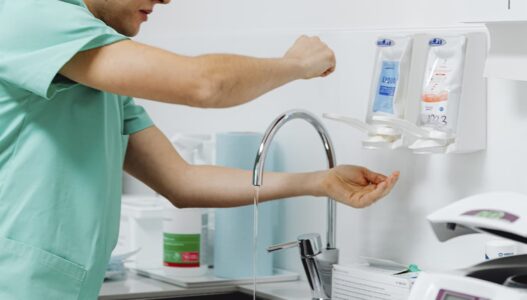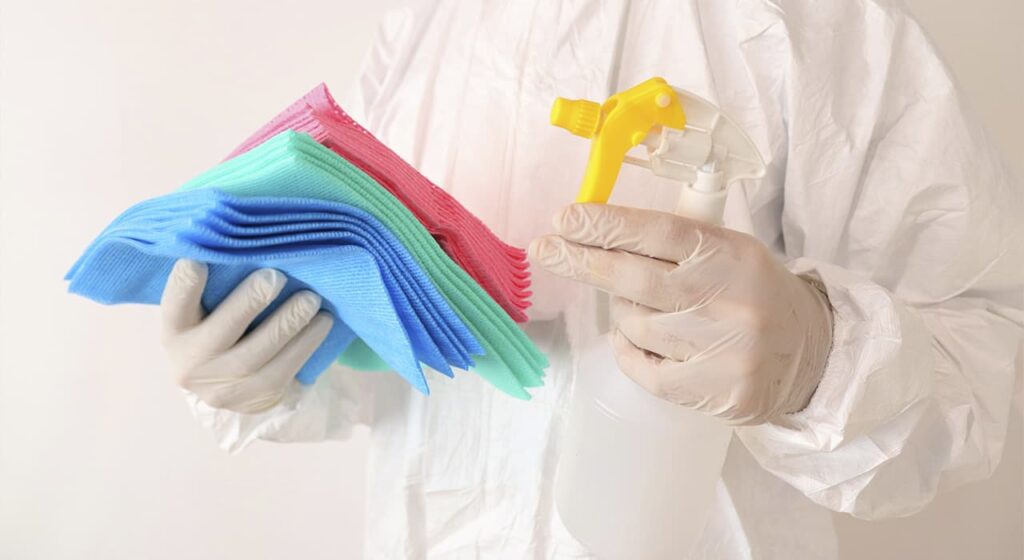Modern disinfectants have in their composition two or more types of active substances capable of destroying most of the harmful and resistant microorganisms. They are constantly being improved, have low toxicity, due to which they are safe for humans.
The following features of antiseptics can be distinguished:
Active against a large spectrum of harmful microorganisms.
Ready disinfectant solutions have a long shelf life and can be used repeatedly.
They do not damage the treated surfaces and materials.
First of all, disinfectants are distinguished by the type of release: they can be produced as liquids, gels, impregnated cloths, etc. In daily medical practice, a dispenser antiseptic has a high practicality.
There are several types of antiseptics according to the active ingredient it contains.
The most popular is alcohol. Alcohol-containing means do not leave traces, due to their rapid evaporation, have a low cost. They are most commonly used for wiping the skin before injections, as well as for hand disinfection.
Chlorine-based sterilizing agents. Can be used in a variety of situations that require disinfection. However, discolour fabrics or corrode metal surfaces in certain concentrations.
Aldehydes. This antiseptic is used in the form of formaldehyde, has a wide range of action, helps to eliminate unpleasant odors.
Hydrogen peroxide. Low-toxic medical antiseptic, odorless, safe for the environment.
Combined sterilizing agents. This group of disinfectants contains several active substances and is used for a wide range of microorganisms.
In addition to those listed, there are other types of antiseptics, for example, phenolic – little used today due to increased toxicity; amine compounds – often used as a disinfectant for cleaning; guanidine-based antiseptics – used in the food industry.
Antibacterial agents for external use, in particular for treating hands, play an important role in the work of health care workers. The use of a dispenser makes their application convenient. Dispenser antiseptic must have hypoallergenic properties.
When performing injection operations, it is convenient to use alcohol-containing products in the form of injection swabs, they simplify the procedure for the medical staff, they are comfortable for the patient, do not cause skin reactions.



